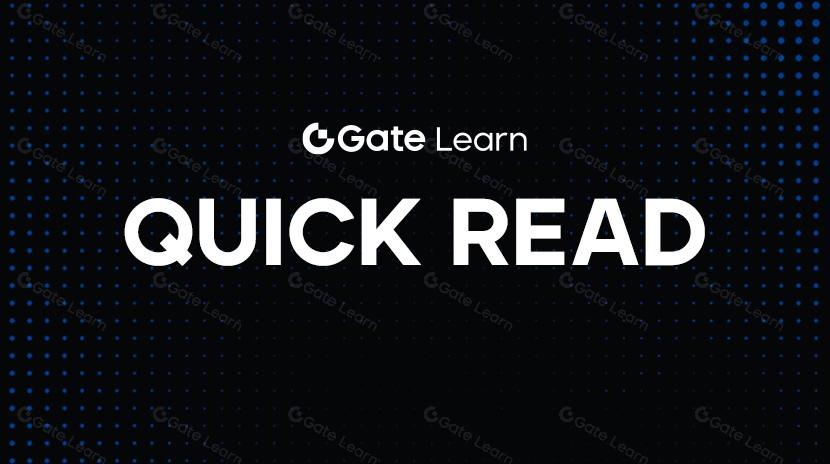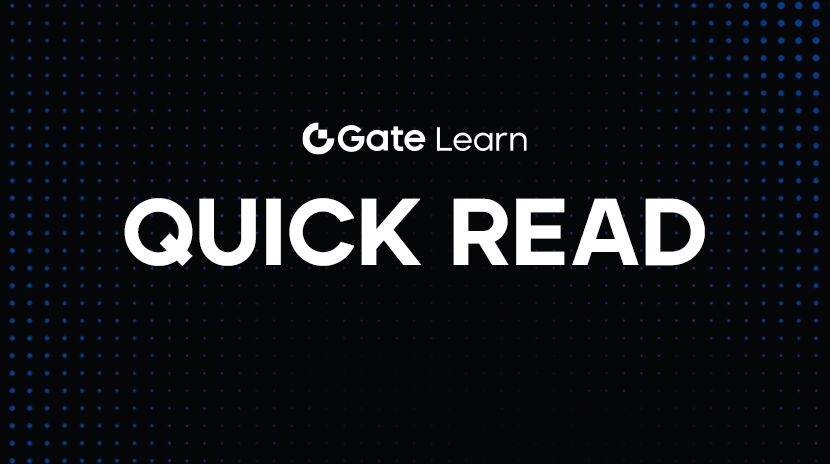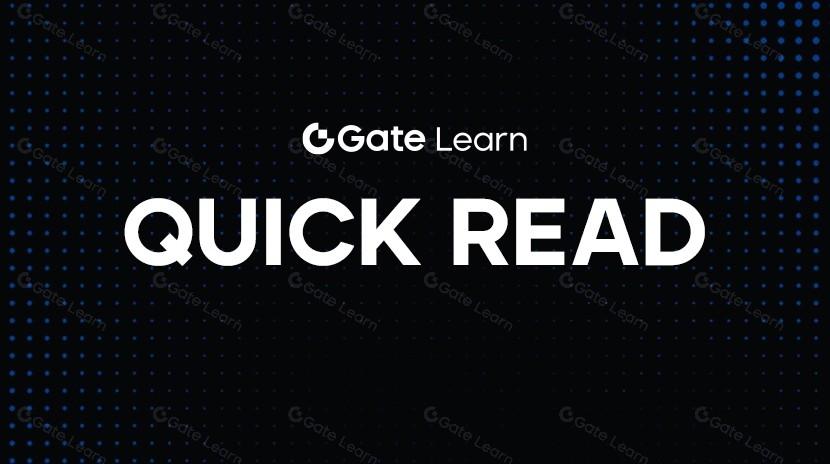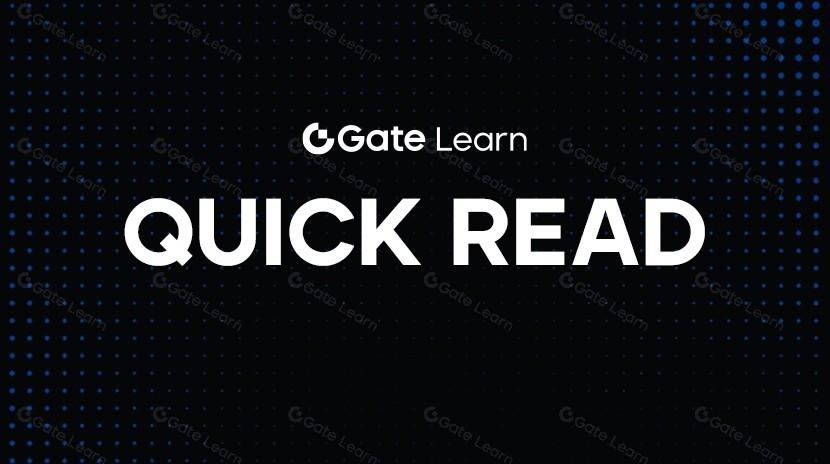O que é Neos.ai (NEOS)?
Prefácio
No campo da tecnologia em rápida evolução de hoje, a inteligência artificial (IA) e a ciência descentralizada (DeSci) estão se tornando forças importantes impulsionando a inovação. Neos.ai ($NEOS), como um projeto emergente, está comprometido em combinar agentes de IA com DeSci, visando enfrentar vários desafios no campo atual da pesquisa científica.
Missão e Propósito

A missão da Neos é redefinir a maneira como os desafios globais são abordados, combinando inteligência humana com inteligência artificial para criar uma plataforma colaborativa que reúne cientistas, pesquisadores e inovadores para empurrar coletivamente os limites das possibilidades. A Neos transforma ideias audaciosas em avanços tangíveis, impulsionando os avanços na medicina, ciência e tecnologia, permitindo que todos contribuam e acreditando que o próximo grande salto para a humanidade está em liberar o potencial inexplorado da inovação colaborativa. Seja curar doenças, resolver problemas matemáticos complexos ou descobrir novos materiais, a Neos está comprometida em incentivar a participação global na pesquisa científica por meio de protocolos abertos e propriedade descentralizada, criando uma plataforma onde todos podem colaborar e ser recompensados por avançar a tecnologia, estabelecendo as bases para um futuro mais equitativo.
O que é o Neos?
Neos é uma rede de pesquisa descentralizada que prova o incentivo da inteligência humana e artificial para resolver o RIP (Protocolo de Incentivo à Pesquisa). Ele combina a sabedoria humana e a inteligência artificial para acelerar avanços na ciência, tecnologia e inovação, e permite que os participantes contribuam, verifiquem o progresso do conhecimento e descobertas, e se beneficiem disso por meio de um ecossistema colaborativo.

RIP (Protocolo de Incentivo à Pesquisa)
Research Interest Points (RIP) representa objetivos científicos ou de pesquisa precisamente definidos com o objetivo de impulsionar a inovação em campos como medicina, matemática ou tecnologia. Com o apoio das recompensas da participação da comunidade, o RIP incentiva avanços revolucionários oferecendo recompensas econômicas substanciais ao resolver com sucesso problemas.

Arquitetura inovadora de colaboração descentralizada
A arquitetura de duas camadas da plataforma garante escalabilidade e eficiência:
- Camada Blockchain (Camada 1)
Gerir staking, governança e negociação de tokens para fornecer uma base segura e imutável para tomadas de decisão transparentes.
- Camada de computação impulsionada por IA (Camada 2)
Promova a validação da pesquisa e o processamento de dados para obter um tratamento perfeito de envios em larga escala e colaboração iterativa.
Este design resolve o problema da baixa eficiência nos sistemas de pesquisa tradicionais e estabelece novos padrões de escalabilidade, confiabilidade e inclusão.
Ecossistema
Os nós são a espinha dorsal da rede Neos e a infraestrutura chave para alcançar a descentralização. Ao validar as submissões de pesquisa, manter a integridade do blockchain e processar recompensas, os nós garantem o funcionamento suave da plataforma e defendem os padrões do mecanismo de consenso Proof-of-Research (PoR).
O que é um nó?
No ecossistema Neos, os nós são servidores dedicados que executam tarefas básicas, incluindo:
- Verificação: Verifique a precisão, originalidade e consistência com os objetivos estabelecidos do ponto de interesse da pesquisa (RIP) do trabalho submetido.
- Participação no Consenso: Promover o mecanismo PoR garantindo que apenas pesquisas validadas e não duplicadas sejam aprovadas na rede.
- Integridade dos dados: manter um livro-razão seguro e descentralizado de todas as transações e atividades de pesquisa na blockchain.
- Distribuição de recompensas: Calcular as recompensas NEOS com base nos indicadores de desempenho e contribuições, e distribuí-las para validadores, stakers e solucionadores RIP.
Recursos principais do Neos Node Core
- Processamento de verificação e pesquisa
- São realizadas análises de nó e contribuições de pesquisa relacionadas a RIP específicos para verificar sua conformidade com os padrões da plataforma.
- Usando algoritmos de IA integrados na rede, a validação do nó garante a originalidade e consistência das submissões para evitar duplicação e spam.
- Manutenção de blockchain
- Os nós garantem a imutabilidade e segurança da blockchain ao registrar transações, dados de apostas e métricas de desempenho do validador.
- Através de atualizações regulares e sincronização, o nó mantém uma rede descentralizada com alta disponibilidade e tolerância a falhas.
- Suporte de Consenso (Comprovado por Pesquisa)
- Os nós desempenham um papel fundamental no consenso PoR, ao confirmar a resolução bem-sucedida do RIP. Isso envolve colaborar com o comitê científico e integrar ferramentas de inteligência artificial para avaliar a eficácia da solução.
- Ao participar do consenso, os nós garantem que as metas de pesquisa sejam alcançadas antes que as recompensas sejam distribuídas.
- Mecanismo de Recompensa
- Os nós gerenciam e alocam recompensas NEOS com base nos seguintes fatores:
1. Tempo normal de operação e confiabilidade: Nós com maior disponibilidade receberão uma parcela maior de recompensas.
II. Staking Confiado: Os nós com mais tokens NEOS apostados receberão recompensas mais altas na proporção.
3. Verificar Precisão: Verificar com precisão e pontualidade as submissões de pesquisa pode levar a bónus de desempenho.
A pesquisa mostra (PoR)
A pesquisa mostrou que o mecanismo de consenso Proof of Research (PoR) é a base da plataforma Neos, promovendo confiança, transparência e eficiência na validação de contribuições científicas. O PoR é especificamente projetado para o ecossistema científico descentralizado (DeSci), garantindo que toda pesquisa submetida passe por uma avaliação rigorosa sem viés ou duplicação, e esteja alinhada com os objetivos da plataforma.
O PoR combina governança descentralizada, validação orientada por IA e staking baseado em confiança para criar um mecanismo de consenso otimizado para pesquisar integridade e responsabilidade.
Processo de Verificação PoR e Mecanismo de Recompensa
Enviar processo de verificação de conteúdo
- Algoritmo de Inteligência Artificial: Utilizando a IA para comparar dados existentes, verificar a originalidade do conteúdo submetido e prevenir a duplicação e redundância.
- Comitê de Especialistas: Um comitê composto por cientistas realiza uma revisão manual para garantir que o conteúdo atenda aos objetivos e padrões do RIP.
Resultado: apenas contribuições originais de alta qualidade podem receber recompensas.
Mecanismo de Prevenção de Redundância
- Propósito: Evitar trabalho duplicado e garantir a utilização eficiente de recursos.
- Implementação: a IA verifica o conteúdo enviado em busca de partes sobrepostas com pesquisas existentes e marca itens duplicados para rejeição ou modificação.
Validação Transparente
- Propósito: Manter a confiança e a responsabilidade no processo de validação da pesquisa.
- Implementação: Todas as decisões de verificação, incluindo avaliações de IA e revisões do comitê, são registradas na cadeia para garantir transparência pública.
Mecanismo de conspiração anti-comunista
- Propósito: Evitar que os validadores ou membros do conselho manipulem o processo de validação.
- Mecanismo: usando staking e um modelo de votação baseado em sigmoid para punir comportamentos de colusão e recompensar validadores honestos.
Componentes-chave PoR
- Avaliação impulsionada por IA
- Objetivo: Analisar o rigor científico, originalidade e relevância do trabalho submetido.
- Processo: Análise de texto e dados verificados com registros blockchain para detectar redundância ou plágio.
- Supervisão do Comitê Científico
- Propósito: Fornecer julgamento especializado, avaliar o valor científico e a viabilidade da submissão.
- Processo: aprovar ou rejeitar contribuições com base no consenso.
- Mecanismo de confiança impulsionado pela participação
- Funções: Os validadores e membros do Conselho comprometem-se com tokens NEOS para manter a integridade da rede.
- Mecanismo: O erro de julgamento ou comportamento malicioso resultará na perda de parte do capital próprio, e os validadores honestos serão recompensados com base no desempenho.
- Registro na cadeia de blocos
- Objetivo: Todas as decisões de verificação e os dados de suporte são permanentemente registrados na blockchain para garantir transparência e auditabilidade.
Mecanismo de recompensa
- Recompensa do Resolver: Pesquisadores que resolvem com sucesso o RIP recebem uma recompensa de 50% de NEOS.
- Recompensas do Validador: Validadores e detentores de RIP que apoiam compartilham os restantes 50%, distribuídos com base na participação e precisão.
- Sistema de Penalidades: Os validadores ou membros do conselho que submetem conteúdo incorreto ou de baixa qualidade perderão uma parte de seus NEOS apostados, garantindo alinhamento da plataforma e prevenindo comportamento malicioso.
A investigação demonstrou que (PoR) não é apenas um mecanismo de consenso; é a pedra angular da ciência descentralizada. Ao garantir a integridade e a transparência das contribuições de pesquisa, o PoR permite que a Neos cumpra sua missão de impulsionar a inovação global enquanto recompensa a participação significativa. Através do PoR, a rede Neos torna-se um modelo de confiança, eficiência e colaboração inclusiva no campo da descoberta científica.
Economia de token
O token NEOS é a base do ecossistema Neos, com uma emissão total de 100 milhões. Tem como objetivo promover a colaboração, incentivar contribuições significativas e garantir o funcionamento suave da plataforma, permitindo que pesquisadores, validadores e membros da comunidade participem ativamente na condução da inovação enquanto alinham seus esforços com o crescimento e a sustentabilidade da rede.
A distribuição dos tokens NEOS é a seguinte:
- 80% - NEOS Liquidez Inicial (NEOS Liquidez Inicial)
- 10% - Emissões de Prova de Participação
- 10% - Exchanges Centralizadas

100% do Fornecimento em Circulação

Uso principal do token NEOS
Os tokens NEOS transformam apoiadores passivos em participantes ativos, criando um ambiente de pesquisa descentralizado e colaborativo que permite aos usuários contribuir para a governança, impulsionar a inovação e compartilhar o sucesso da plataforma, seja enfrentando desafios globais, validando pesquisas ou apoiando iniciativas que incentivam os usuários. NEOS garante que os esforços sejam recompensados.
- Governança: Os detentores de NEOS são os responsáveis pelas decisões do ecossistema.
- Staking: Os tokens NEOS permitem que os usuários apostem e ganhem recompensas, criando um modelo de incentivo compartilhado.
- Distribuição RIP: Os tokens NEOS permitem que os usuários participem ativamente de desafios de pesquisa.
- Colaboração orientada para incentivos: NEOS cria um ecossistema colaborativo orientado para recompensas através dos seguintes meios.
Resumo
Neos é a primeira plataforma descentralizada que muda a forma como a pesquisa científica global e a inovação tecnológica são conduzidas, integrando tecnologia blockchain, inteligência artificial avançada (IA) e uma poderosa rede global de especialistas para criar uma estrutura segura e transparente para enfrentar os desafios mais complexos da humanidade. A plataforma está pronta para redefinir a ciência descentralizada e promover colaboração e inovação influentes em 2025 e além, combinando sua arquitetura única e missão para se tornar líder no campo científico descentralizado, impulsionando a inovação para criar um futuro melhor.
Artigos relacionados

Analisando o Hack do Bybit Usando o Ataque de Assinatura Múltipla Radiant como Exemplo

A esplêndida bolha e a verdade perdida das tokens de celebridade

O que é FLock.io (FLOCK)?

Os mais recentes desenvolvimentos de Cardano (ADA)

Grok AI, GrokCoin & Grok: o Hype e a Realidade


